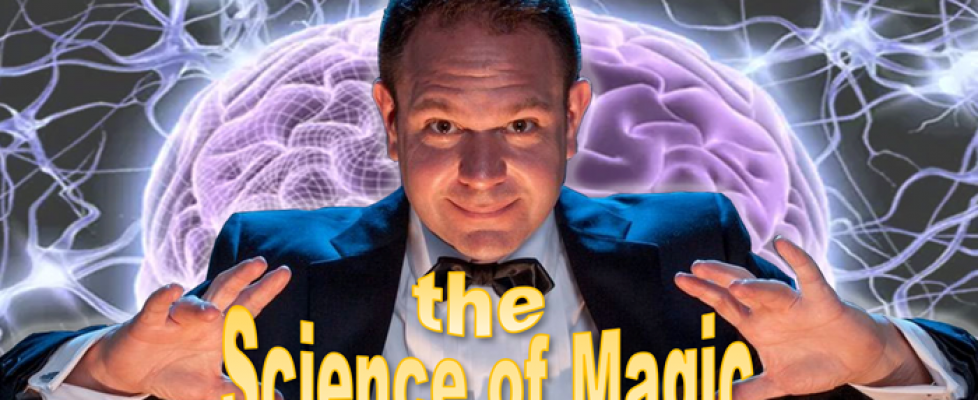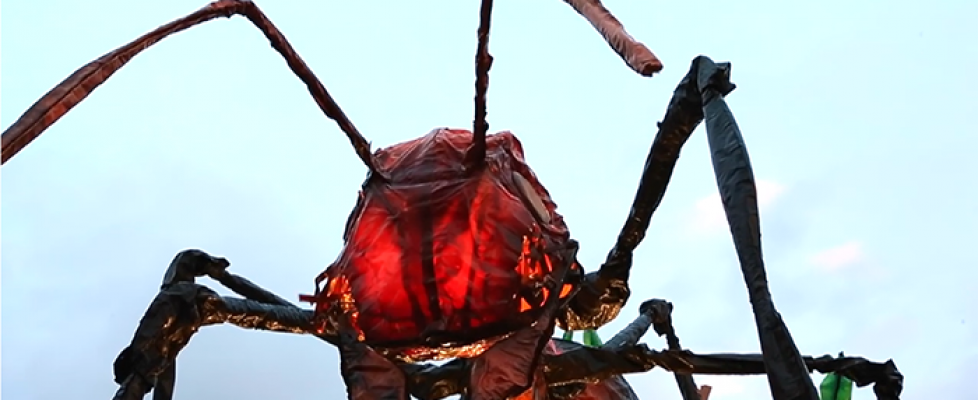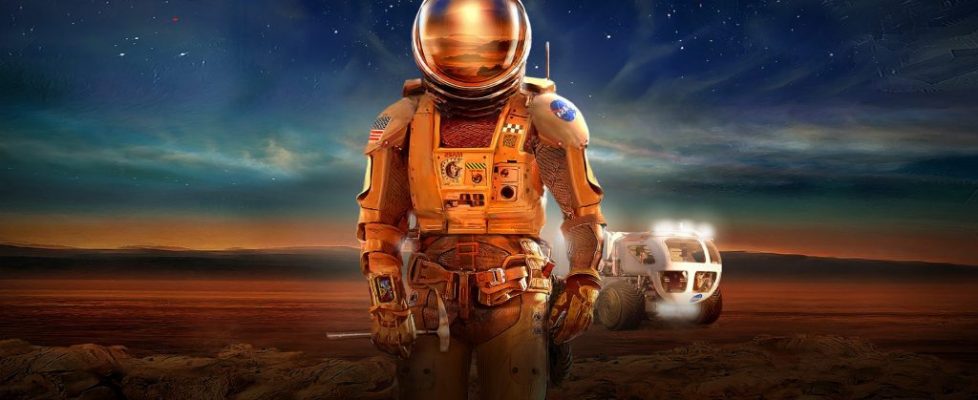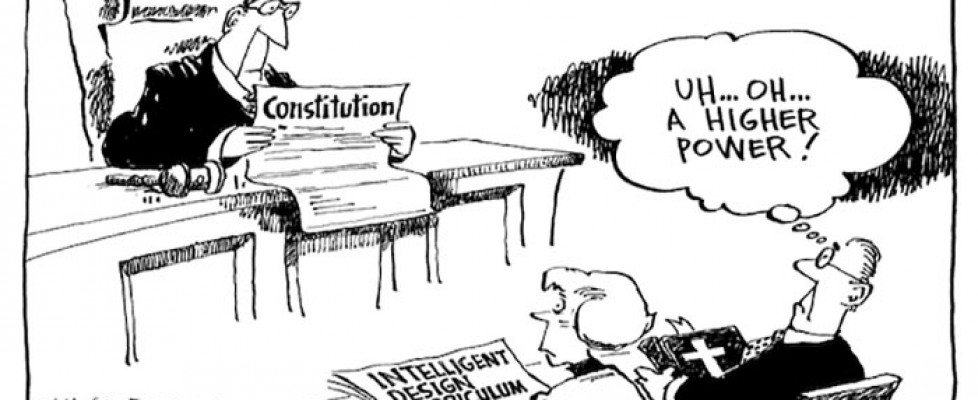Nearly Total Lunar Eclipse, November 18/19, 2021
Unlike the case in a total *solar* eclipse, the lunar eclipse will occur at the same time (after adjusting for time zones) from any location where it is visible.
Here’s a USA timetable for the eclipse. If you have time to watch only part of it, the best half-hour would be starting about 15 minutes before mid-eclipse.
Eclipse starts: 11:18 pm PST (12:18 am MST, 1:18 am CST, 2:18 am EST)
Mid-eclipse: 1:03 am PST (2:03 am MST, 3:03 am CST, 4:03 am EST)
Eclipse ends: 2:47 am PST (3:47 am MST. 4:47 am CST, 5:47 am EST)
The entire eclipse will be visible throughout all of North America and Hawaii, and much of the first half can be seen from most of South America. The end of the eclipse will be visible in the early evening of Friday, November 19 from New Zealand, eastern Australia, eastern Indonesia, and eastern Asia. See the excellent website https://www.
Wishing you clear skies during the night of Nov. 18/19,
Alex
Additional details about the lunar eclipse:
The parts of the Moon that are in Earth’s shadow during a lunar eclipse don’t appear completely dark because some sunlight goes through Earth’s atmosphere and is bent (refracted) toward the Moon, and then it bounces off the Moon back toward us. But near mid-eclipse, the Moon’s color should appear some shade of yellow, orange, or even red because the light that reaches it has been filtered by Earth’s atmosphere, preferentially getting rid of the violet, blue, and green
colors — just as in the case of the setting or rising Sun, which looks some shade of yellow, orange, or red, depending on the amount of particular matter (such as smoke) in the atmosphere. Given this reddish orange color, a fully eclipsed moon is sometimes called a “Blood Moon,” though in this particular case the bottom part won’t be eclipsed so it will appear bright.
Note that during the partial phases, Earth’s shadow on the Moon looks distinctly curved. This is *always* the case during a lunar eclipse, and it was one of the many pieces of evidence that the ancients used to conclude Earth is round, not flat.
In the above list of times, I didn’t include the “penumbral” eclipse, when Earth blocks only *part* of the Sun as seen from the Moon; the full moon will look slightly fainter during the penumbral eclipse, but this effect is hard to notice and isn’t very interesting. It begins at 10:02 pm PST and ends at 4:03 am.







